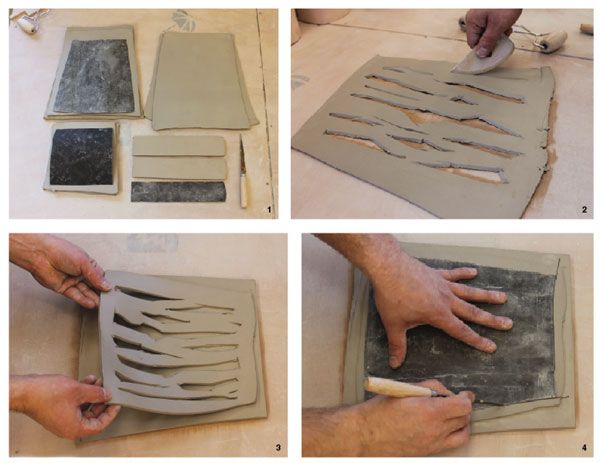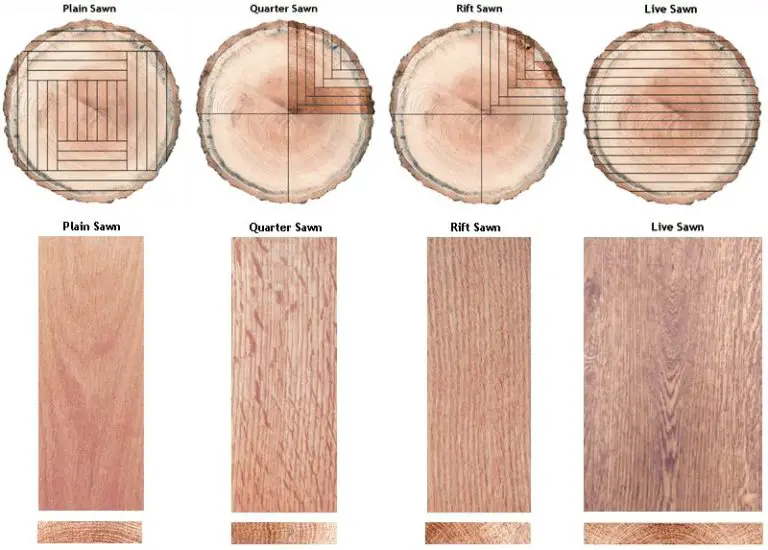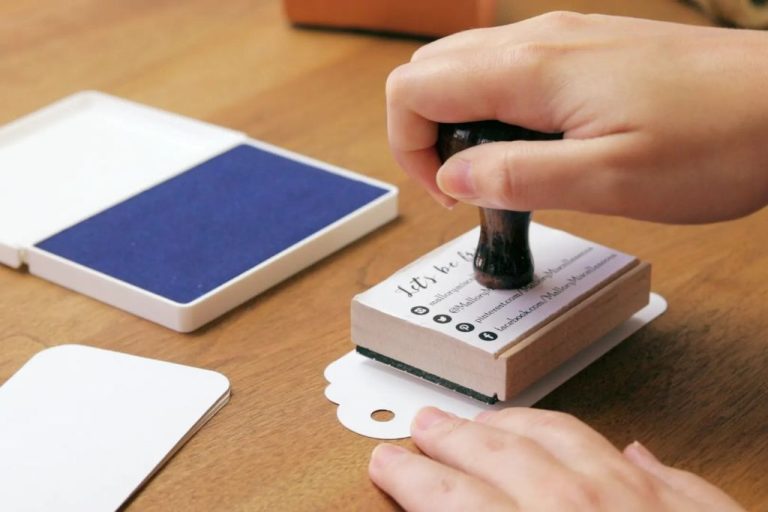What Are The Tools Used To Take Measurements?
Measurement is the process of using tools to quantify and compare physical properties. Measurement tools are vital in everyday life because they allow us to characterize, understand, and interact with the world in a structured way. As Fred B. Bryant, Ph.D. from Loyola University Chicago states, “Measurement tools make our lives better and safer, and they enhance the quality and quantity of life.” (Source)
Without measurement tools, there would be chaos and uncertainty. According to mathworksheetscenter.com, “Measurements provide structure and remove the chaos that would result without any congruent method of understanding weight, mass, temperature, etc.” (Source) This article will explore the basic tools used for measurement in everyday life and science.
Basic Measurement Tools
Some of the most common and basic tools used for taking measurements include rulers, measuring tapes, scales, and stopwatches. These simple but essential measurement devices allow us to quantify length, weight, and time in a variety of situations.
Rulers made of plastic, wood, or metal can be used to measure length in both metric and imperial units. Standard 12-inch rulers are useful for smaller measurements, while tape measures on retractable spools provide more flexibility for measuring longer distances. Measuring tapes are commonly used in construction, sewing, DIY projects, and other applications requiring portable, adaptable length measurement.[1]
Scales utilize gravity, springs, or strain gauges to determine the weight or mass of objects. Analog scales have moving needles while digital scales show weight measurements on a numeric display. Some common examples are bathroom scales for weighing people, kitchen scales for food, and postal scales for packages. Scales allow standardized, precise weight measurements for purposes like cooking, shipping, health monitoring, and more.[2]
Stopwatches and timers are used to measure intervals of time. Stopwatch hands or digital displays count up as time elapses, allowing time measurement during an event or activity. Timers can be set to count down a predetermined time period and signal when complete. Timing allows quantification of event duration, athletic performance, workflows, and any process requiring standardized time measurement.
Length Measurement
Some common tools used to measure length include rulers, measuring tapes, and laser distance meters. Rulers are simple straight sticks marked with increments used to measure short lengths. They come in different sizes such as 12 inches, 18 inches, and meter sticks. Rulers can measure lengths to the nearest 1/16 or 1/32 of an inch. Measuring tapes are longer, flexible rulers that can measure distances beyond the range of rigid rulers. Tape measures allow measurements of curves as well as straight lines. Most measuring tapes have a metal tab at the end to hook onto surfaces and keep the tape straight. Laser distance meters use laser beams to accurately measure distances up to 100 feet or more. They can instantly calculate area and volume. Laser distance meters are useful for measuring spaces that are hard to access with a tape measure.
Weight Measurement
Scales and balances are important tools used to measure weight. The key measurement devices used for determining weight are:
- Scales – Used to measure the weight or mass of objects. Some common types are spring scales, balance scales, and digital scales. Spring scales use a spring mechanism to display weight, balance scales compare an unknown weight to a known weight, and digital scales convert force to an electric signal. Scales are used in industry, science, cooking and other fields.
- Balances – More precise type of weighing scale used for accurate measurement in science and industry. Balances measure mass indirectly by comparing an unknown mass to a known mass. Common types are triple beam balances, analytical balances and precision balances. Balances provide more accurate and repeatable measurements than basic scales.
- Load cells – Device that converts a force such as weight into an electrical signal. Load cells are used in digital scales and balances to sense the force exerted by a mass. Different designs such as beam, S-type and canister are optimized for different applications.
Proper calibration and handling is important for achieving accurate weight measurements. Quality measurement tools such as calibrated balances and scales are essential in fields like manufacturing, shipping, science labs and jewelry making where precise weight matters. Sources: Amazon, Weigh and Measure LLC
Time Measurement
Time is a fundamental quantity that is measured with standardized units like seconds, minutes, hours, days, weeks and years. Here are some of the main tools used to measure time:
Clocks are devices that display the current time. Some common types are mechanical clocks, quartz clocks, atomic clocks and radio clocks. Mechanical clocks use gears and pendulums to keep time, while quartz clocks rely on a vibrating quartz crystal. Atomic clocks use the natural vibrations of atoms as their timekeeping element and are the most accurate clocks in existence. Radio clocks synchronize with atomic clocks through radio signals.
Stopwatches allow users to measure short time intervals precisely. They can be started, stopped and reset as needed. Stopwatches may be mechanical or electronic. They are commonly used in sports, labs, industry and other fields that require accurate timing.
Timers can be used to measure set time periods. Examples are kitchen timers, hourglasses and parking meters. Clocks and watches may also have timer functions built in. Some timers emit audible alarms or other alerts when the set time elapses. Timers are helpful for monitoring events where the duration is known beforehand.
(List of measuring instruments, Tools for measuring time)
Temperature Measurement
Temperature is one of the most frequently measured physical parameters. There are several tools used to measure temperature, including:
Thermometers are the most common devices used to measure temperature. They work by using expanding liquids, usually mercury or alcohol, to measure the temperature. There are many types of thermometers calibrated to measure different temperature ranges. Clinical thermometers, for measuring human body temperature, and laboratory thermometers for general experimentation are examples of common thermometers (Source).
Thermistors are another type of temperature sensor. They are made of materials that change resistance with temperature. Thermistors provide accurate temperature measurements over a limited temperature range (Source).
Infrared thermometers measure surface temperature without contact. They detect infrared energy emitted from an object and convert it to temperature based on the object’s emissivity. Infrared thermometers are useful for measuring temperature where direct contact is difficult.
Electrical Measurement
Some of the most commonly used tools for electrical measurement are multimeters, clamp meters, and oscilloscopes. Multimeters can measure voltage, current, and resistance and are a basic tool for any electrician or electronics technician. They have various measurement ranges and capabilities depending on the model. Clamp meters are able to read current flow through a conductor without needing to break the circuit. They simply clamp around the wire or cable to get a reading. Oscilloscopes display voltage signals over time on a graphical display, which allows you to visualize and analyze waveforms and signals. They are indispensable for circuit testing and troubleshooting. Other electrical measurement tools include wattmeters, which measure electrical power, LCR meters, which measure inductance, capacitance, and resistance, and signal generators, which can output various waveforms for circuit testing. Proper use of electrical measurement equipment requires understanding the principles of electricity and electronics, along with knowledge of the tool’s specifications and limitations. With the right instruments and know-how, electrical parameters can be quantified, analyzed, and optimized.[1]
pH Measurement
pH is a measure of acidity or alkalinity of a solution. There are two common tools used to measure pH:
pH meters allow for quick and accurate pH measurements. They consist of a probe that is dipped into the solution to be tested. The probe contains a glass electrode and a reference electrode that produce a voltage proportional to the pH [1]. This voltage signal is converted into a pH reading that is displayed on the meter. Many meters allow for automatic temperature compensation and some can store calibration information. pH meters are commonly used in laboratories, industrial settings, and for testing water and soil [2].
pH test strips provide a quick, inexpensive way to test pH. The strips contain various pH indicators that change color depending on the pH. To use, briefly dip the strip in the test solution and compare the resulting color to a reference chart to determine the pH. Test strips are useful for field testing but lack the accuracy of a pH meter.
Angle Measurement
Angle measurement is critical across many areas including carpentry, construction, engineering, and manufacturing. The most common angle measurement tools include protractors, clinometers, spirit levels, and bevel squares.
Protractors utilize a half or full circle with degree markings to precisely measure angles. They come in many forms including full circular, half circle, and digital protractors. Simple protractors allow basic angle measurement while more advanced versions like bevel protractors combine a protractor with a level for added functionality.
Clinometers utilize a spirit level and protractor to measure inclines and angles of slope. Common types include abney levels, tiltmeters, and digital inclinometers. They are frequently used in surveying, engineering, and forestry applications.
Spirit levels use fluid-filled vials to determine level horizontal and vertical planes. Many levels incorporate protractors or vials to enable angle measurement. Examples include post levels, line levels, and torpedo levels. Levels are widely used in construction for tasks like setting tile, mounting cabinets, and installing flooring.
Bevel squares (or bevel gauges) are metal tools with an adjustable blade used to transfer and measure angles. They are useful for detailed trim work and allow matching existing angles precisely. Bevel squares are commonly used by carpenters, woodworkers, metalworkers, and machinists.
Conclusion
In summary, using the proper tools for taking measurements is critically important. As discussed, having the right instruments allows for more accurate, precise, and reliable data collection across many fields and applications. Whether it’s measuring length, weight, time, temperature, electrical properties, pH, or angles, choosing the appropriate device helps minimize errors and uncertainty in results.
Measurements impact nearly all aspects of our lives, from cooking and construction to science and navigation. The information gathered through careful measurement underpins technologies we rely on daily. As the old adage says, “To measure is to know.” By selecting the correct tools for the task at hand, we can have greater confidence in our knowledge and make better-informed decisions. The necessity of proper measurement for advancement and quality of life cannot be overstated.
In conclusion, using proper measurement tools matched to the specific parameters and tolerances needed is vital for achieving accurate quantifiable data and conclusions. With the wide variety available today across so many disciplines, choosing the right instrument is easier than ever. However, care and expertise is still required to obtain quality results. When the proper tools are judiciously selected and skillfully employed, measurements can enlighten, empower, and improve our lives in countless ways.




